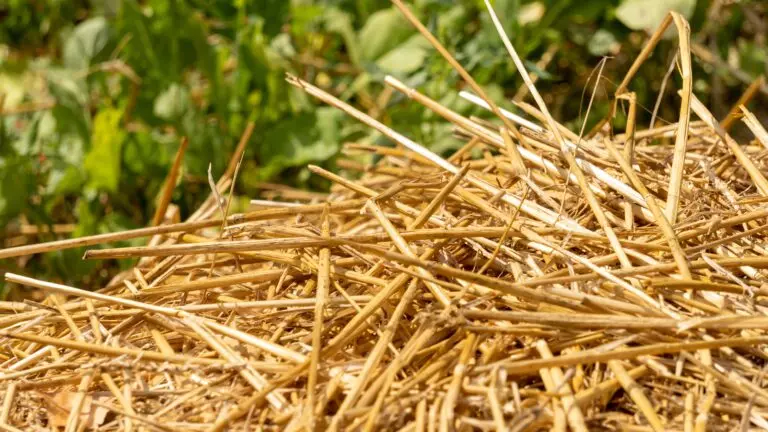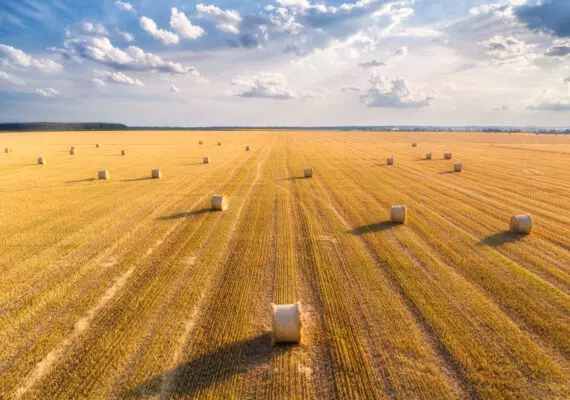
Soil is a vital component of the biosphere. Its richness in essential, absorbable macronutrients and micronutrients determines the profitability of agricultural, horticultural, vegetable, and fruit-growing crops. However, even on the most fertile soils, crop yields can be low, making cultivation economically unviable. The main reason for such a situation is acidic soil, which limits the bioavailability of mineral elements and even leads to their degradation. Simultaneously, acidic soil reduces the content of alkaline ions and increases the content of exchangeable aluminum ions, which, through the deformation of the root growth cone, inhibit root growth (Fig. 1).
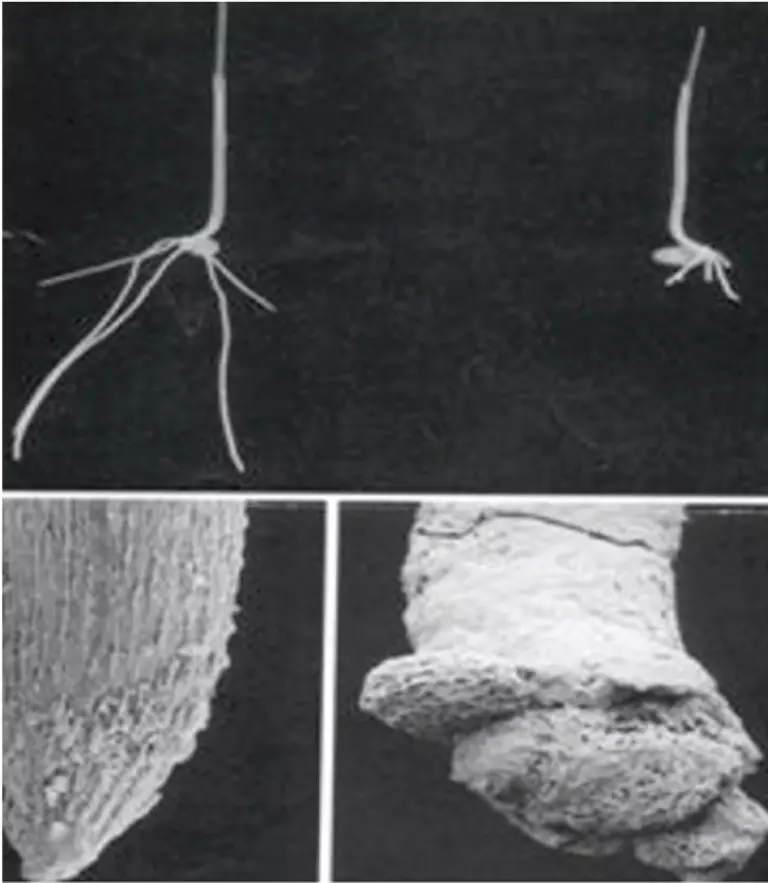
(Fig. 1). Furthermore, in acidic soil, the absence of calcium leads to the disappearance of root hairs (Delhize and Ryan, 1995; Kopcewicz and Lewak, 2005).
In such conditions, plants cannot uptake water with dissolved mineral elements essential for their optimal growth and development. As a result, yields collected from such plants are low, of poor quality, and do not cover the costs incurred in establishing and managing the crop. To change this unfavorable situation, liming of the soil is necessary, which regulates soil pH and counteracts its acidification. Changing the soil pH from acidic to slightly acidic to neutral affects, among other things, the effectiveness of mineral fertilizers applied to the soil, crop yields, and the development of soil microorganismsa (Tab. 1., Fig. 1.) (Hołubowicz-Kliza, 2006; Krysztoforski, 2019; Ochal, 2020).
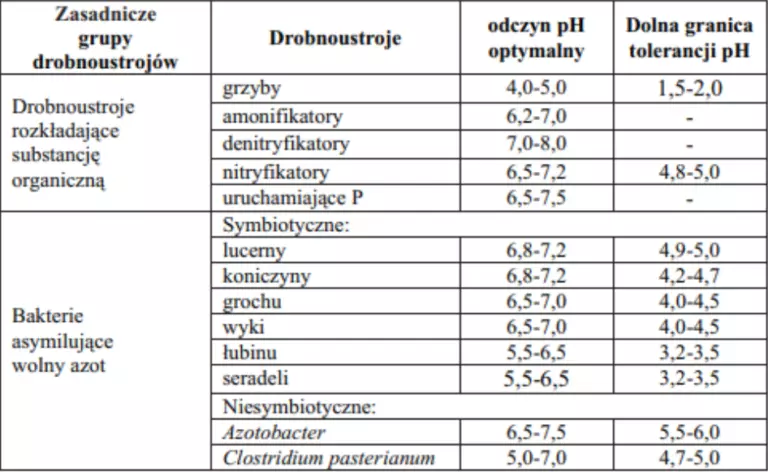
Tab. 1. Optimal pH for the development of soil microflora Boguszewski i Kac-Kacas za Hołubowicz-Kliza 2006
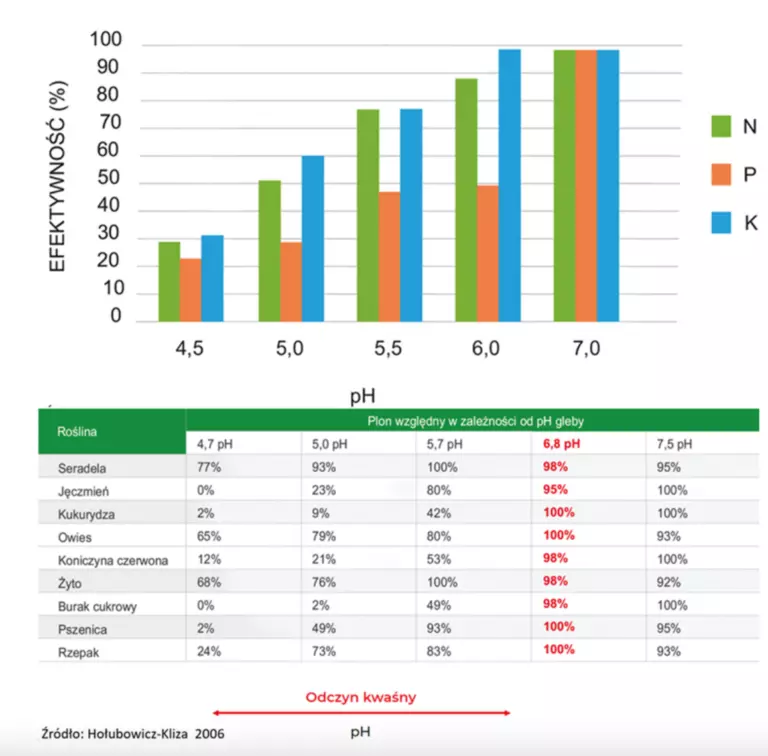
Ryc. 1. Wpływ odczynu gleby na efektywność działania nawozów mineralnych i plony względne wybranych gatunków roślin uprawnych
Previously, to accelerate the decomposition of shredded straw when plowed into the soil, farmers used nitrogen fertilizers at a rate of 8 kg Nˑt-1 of straw. The applied fertilizer improved the C:N ratio in the soil, leading to the rapid multiplication of microorganisms and rapid straw mineralization. However, such a practice does not increase the organic matter content - humus in the soil. Currently, an increasingly common practice is liming straw before plowing. In this case, powdered lime such as Kujawit, Kujawit Premium, or granular Polcalc III Generation lime is used at a rate of 0.5 - 1 t CaOˑha-1 (Tab. 2., Fig. 3.).
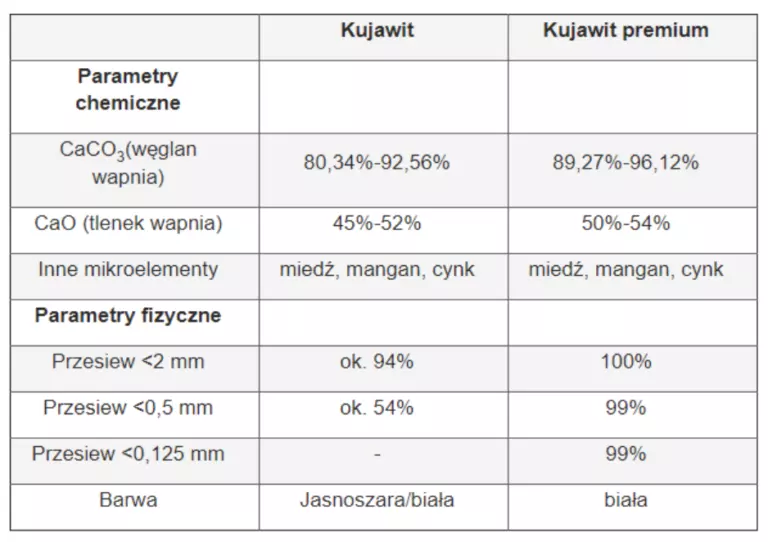
Tab. 2. Parametry techniczne węglanowego wapna nawozowego Kujawit i Kujawit Premium (www.lafarge.pl)
The applied lime fertilizer should be mixed with the soil to a depth of 6-8 cm. The surface layer of the soil 2-3 cm must be free of lime fertilizer, as otherwise problems may occur with plant emergence. The applied lime raises the soil pH locally to ≤ pH 7.0, which accelerates the multiplication of bacteria decomposing crop residues and nitrogen-fixing bacteria, e.g., Azotobacter spp. (Tab. 1.). Nitrogen produced by bacteria and the appropriate pH, which accelerates the microbial decomposition of straw, allows for the elimination of nitrogen doses, which ultimately contributes to the humification of more straw and improves the humus balance (Hołubowicz-Kliza, 2006: Szulc, 2016; Krysztoforski, 2019).
Granulated lime Polcalc III Generation with 98% reactivity, containing up to 95% CaCO3 (51% CaO), particularly benefits straw decomposition. The high reactivity of this fertilizer results from the extreme comminution of the raw material used to produce the granules - 50% of the calcium carbonate grains are comminuted below 0.02 mm, and the only binder used to form the granules is water. Granulated lime Polcalc III Generation can be successfully spread using modern fertilizer spreaders.
For detailed information about fertilizers produced by Polcalc Nawozy Wapniowe Sp. zo. o., we encourage you to contact our distributors and sales representatives or visit our website: www.polcalc.pl.
